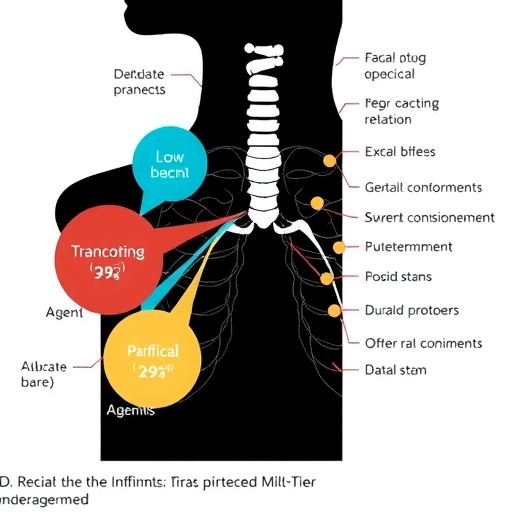ROCHESTER, Minn. – The use of mud or wet clay as a topical skin treatment or a poultice is a common practice in some cultures and the concept of using mud as medicine goes back to earliest times. Now Mayo Clinic researchers and their collaborators at Arizona State University have found that at least one type of clay may help fight disease-causing bacteria in wounds, including some treatment-resistant bacteria. The findings appear in the International Journal of Antimicrobial Agents.
"We showed that this reduced iron-bearing clay can kill some strains of bacteria under the laboratory conditions used, including bacteria grown as biofilms, which can be particularly challenging to treat," says Robin Patel, M.D., a clinical microbiologist and infectious diseases specialist at Mayo Clinic and senior author of the study. Biofilms occur when bacteria attach to surfaces and develop a film or protective coating making them relatively resistant to antibiotics. They appear in two-thirds of the infections seen by physicians.
"This study is an important advance in understanding how clays, specifically blue clay from Oregon, have shown medicinal properties by attaching to pathogenic bacteria," says Enriqueta Barrera, program director in the National Science Foundation's Division of Earth Sciences, which funded the research.
In laboratory tests the researchers found the clay has antibacterial effects against bacteria such as Escherichia coli, and Staphylococcus aureus, including resistant strains such as CRE and MRSA. The clay suspension was effective against a number of bacteria both in their planktonic and biofilm states.
The research is preliminary and the authors caution that only one concentration of the clay suspension was tested, based on preliminary results. The lab tests are a first step in simulating the complex environment found in an actual infected wound. They also caution that not all types of clay are beneficial. Some may actually help bacteria grow. More research is needed to identify and reproduce the properties of clays that are antibacterial, with the goal of possibly synthesizing a consistent compound of the key minerals under quality control.
###
Others on the research team were Katherine Caflisch, Suzannah Schmidt-Malan, Jayawant Mandrekar, Ph.D., Melissa Karau, and Jonathan Nicklas of Mayo Clinic; and Lynda B. Williams, Ph.D., Arizona State University.
About Mayo Clinic
Mayo Clinic is a nonprofit organization committed to clinical practice, education and research, providing expert, comprehensive care to everyone who needs healing. Learn more about Mayo Clinic. Visit the Mayo Clinic News Network.
Media Contact
Bob Nellis
[email protected]
507-284-5005
@MayoClinic
http://www.mayoclinic.org/news
https://newsnetwork.mayoclinic.org/discussion/clay-to-fight-bacteria-in-wounds-an-old-practice-may-be-a-new-solution/




